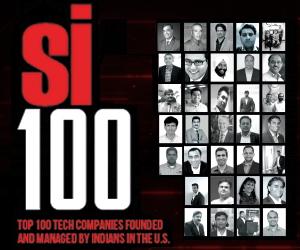Amazon joins Google & Microsoft to cope with AI ramp
By Team Startupcity | Friday, 02 August 2024, 03:34 Hrs

As Big Tech companies rush to capitalize on the booming technology, Amazon.com is expected to join Google and Microsoft in reporting a surge in capital spending on artificial intelligence on Thursday.
According to LSEG data, the e-commerce giant’s capital investments, which are primarily used to construct cloud and generative AI infrastructure, are anticipated to have increased by 43% in the second quarter to $16.41 billion. That is an increase of approximately $1.5 billion over the previous three months.
It is anticipated that the extravagant spending will also put pressure on Amazon’s margins, outweighing the advantages provided by cost reductions and supply chain efficiencies that are enhancing the retail division’s profitability. The company’s Amazon Web Services (AWS) division has dominated the cloud computing market for a long time; however, Microsoft has introduced AI-powered services to its Azure cloud division in recent quarters, putting it in direct competition.
In response, Amazon has partnered with organizations like Anthropic and provided startups with free credits to help them increase their market share with its AI platform Bedrock by utilizing significant AI models. In May, it also appointed a new AWS unit head. Even though the payoff from AI takes longer than some investors had anticipated, Microsoft and Alphabet, which is a parent company of Google, stated earlier this month that they would proceed with investments.
Big Tech stocks, whose valuations have soared this year due to the promise of AI, were impacted by this. It is anticipated that Amazon’s total revenue will have increased by 10.6% to $148.56 billion, which is the slowest increase in five quarters.
According to LSEG data, the analysts from Morgan Stanley analysts says, “AWS needs to grow 18 per cent+ in order to … ensure investors of AWS’s (AI) positioning and its ability to generate high-teens growth through this heavy capex investment period.”

